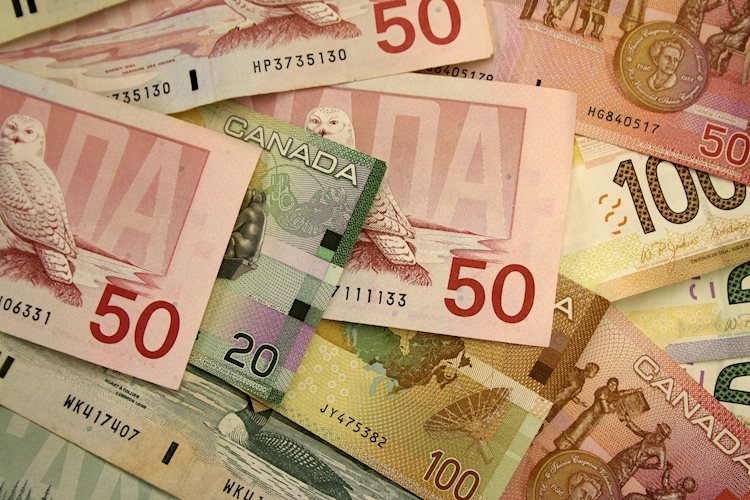The Canadian Dollar (CAD) experienced mixed trading on Thursday, with gains against some currencies but losses against the Greenback, which was the best-performing currency of the day. Traders are eagerly awaiting next week’s rate call from the Bank of Canada (BoC), and the overall market sentiment has shifted, reducing pressure on the US Dollar after hopes for a rate cut earlier in the week.
Canada is gearing up for a complex interest rate decision from the BoC, with inflationary pressures easing on the short end of the curve but showing higher core price growth readings. The recent dip in price growth may have been a one-off occurrence. Canadian data on Thursday was limited, leaving the CAD vulnerable to broader market sentiment leading up to next week’s rate call.
The upcoming BoC rate call will shed light on whether the central bank will follow the data or stick to its efforts to support the Canadian economy by reducing financing costs. Canadian Retail Sales data is expected on Friday, the last key data release before the rate call. Forecasts predict a -0.6% contraction in sales for May, following a 0.7% growth in the previous month. Higher US Initial Jobless Claims add weight to expectations of a September rate cut by the Federal Reserve.
The Canadian Dollar saw varying performance against major currencies, being strongest against the Japanese Yen. The technical analysis shows the CAD struggling against the Greenback and trading sideways, with USD/CAD hovering around the 1.3700 level. The BoC’s interest rate decisions, the price of Oil, Canada’s economic health, inflation, and trade balance are key drivers of the CAD. The US economy’s performance also impacts the Canadian Dollar as its largest trading partner.
The BoC plays a crucial role in determining the CAD’s value through interest rate adjustments, with higher rates generally being positive for the currency. Oil prices, as Canada’s primary export, directly influence the CAD, with higher Oil prices usually leading to a stronger Canadian Dollar. Inflation, traditionally seen as negative for a currency, can actually boost the CAD due to higher interest rates attracting more capital inflows. Macroeconomic data releases like GDP, employment, and consumer sentiment surveys also impact the CAD’s direction.
Overall, the Canadian Dollar’s performance remains dependent on various factors such as interest rates, Oil prices, economic health, inflation, and trade balance. The upcoming BoC rate call and Canadian Retail Sales data release will provide further insight into the CAD’s trajectory, amidst global market uncertainties and changing economic conditions.











